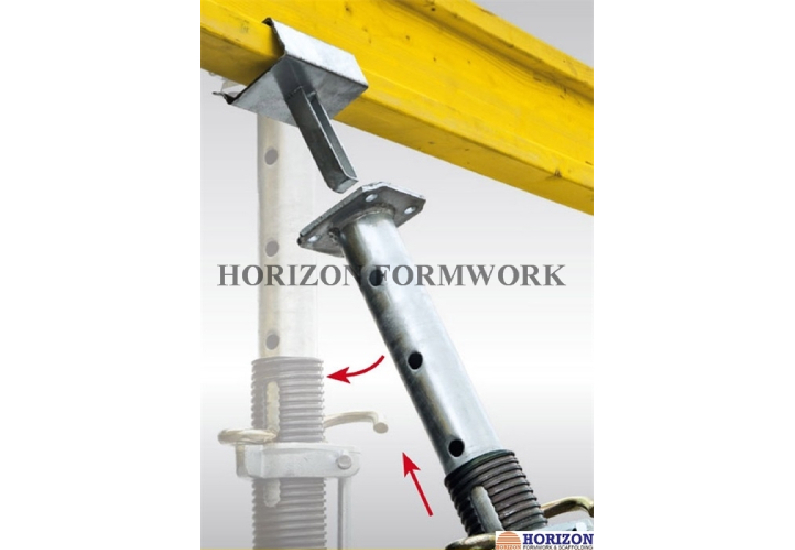Nov . 01, 2024 13:47 Back to list
Designing Effective Formwork Systems for Retaining Walls in Construction Projects
Understanding Retaining Wall Formwork A Comprehensive Overview
Retaining walls serve a critical function in civil engineering and landscaping by holding back soil and preventing erosion. They are essential for creating level surfaces on sloped terrains, protecting infrastructure, and managing water drainage. However, the effectiveness and longevity of a retaining wall highly depend on the quality of its construction, particularly the design of formwork.
Formwork is a temporary or permanent mold used to shape concrete until it hardens. In the case of retaining walls, formwork must be robust enough to withstand the pressures exerted by wet concrete and the lateral earth pressures from the soil once the wall is in service. The materials and techniques employed in formwork construction can significantly impact the quality of the finished structure.
Understanding Retaining Wall Formwork A Comprehensive Overview
The design of the formwork must accommodate the wall's dimensions and shape while ensuring that it remains stable and secure during concrete pouring. The formwork is typically constructed in sections that can be assembled and disassembled easily. This modular approach allows for flexibility in accommodating different wall heights and thicknesses.
retaining wall formwork

An essential aspect of formwork is ensuring that it is properly braced to prevent any deformation under the pressure of wet concrete. Horizontal and vertical bracing systems must be installed to provide the necessary support. Proper bracing not only enhances safety during construction but also ensures that the concrete cures uniformly, minimizing the risk of cracking.
In addition to structural considerations, construction techniques also impact the effectiveness of the formwork. It is vital to ensure a clean release from the formwork to create a smooth surface finish on the concrete wall. This often involves applying a release agent to the formwork surfaces before pouring. Additionally, the curing process for the concrete should be carefully managed to prevent rapid drying, which can lead to shrinkage cracks.
After the concrete has set and gained sufficient strength, the formwork is removed. This is often a crucial moment in the construction process, as any defects in the concrete will become visible upon removal. Inspecting the integrity of the wall immediately after formwork removal allows for prompt corrective action if needed.
In conclusion, retaining wall formwork is a fundamental component of successful wall construction. It requires careful planning, material selection, and design to ensure the safety and longevity of the structure. Understanding the intricacies involved in formwork will ultimately lead to better-performing retaining walls that can withstand environmental pressures and serve their intended purpose effectively.
-
High-Quality U Head Jack Scaffolding – Reliable Scaffolding Jack Head Manufacturer & Factory
NewsJul.08,2025
-
High-Quality I Beam H20 Leading Timber Beam H20 Material Factory, Exporters & Manufacturers
NewsJul.08,2025
-
High-Quality Powder Coating Steel Formwork - Durable & Corrosion Resistant Solutions
NewsJul.07,2025
-
Inclined Column Formwork Supplier – Durable & Precise Solutions for Unique Structures
NewsJul.07,2025
-
High-Quality Water Stop Solutions Trusted Water Stop Company & Suppliers
NewsJul.07,2025
-
High-Quality Formwork Material Supplier Reliable Manufacturer & Factory Solutions
NewsJul.06,2025